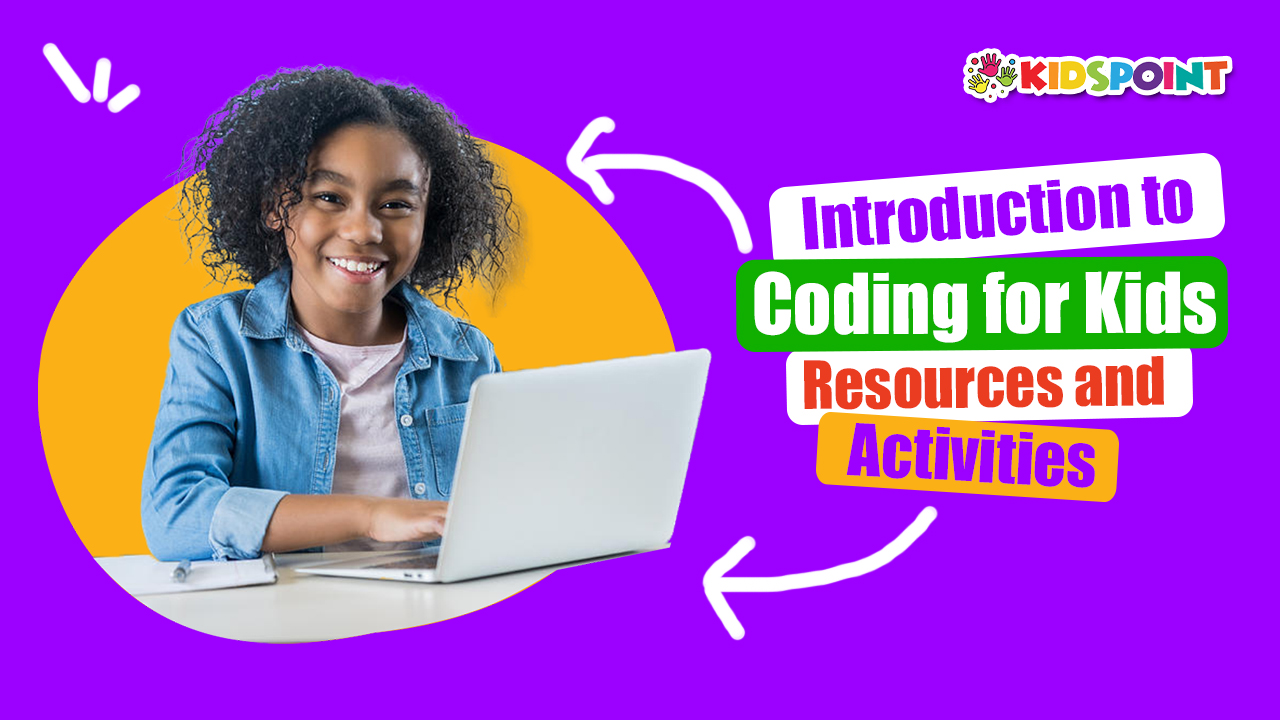In today’s digital age, understanding the basics of coding is becoming increasingly essential. Teaching kids to code not only prepares them for future careers in technology but also nurtures problem-solving skills and creativity from a young age. This guide explores why coding is beneficial for kids, outlines key resources and activities, and provides practical tips for parents and educators to introduce coding in a fun and engaging way.
Why Teach Kids to Code?
1. Promotes Problem-Solving Skills:
Coding involves breaking down complex problems into smaller, manageable parts. This process encourages logical thinking and teaches kids how to approach challenges systematically.
2. Fosters Creativity:
Coding allows children to express their creativity by building interactive stories, games, and animations. It empowers them to turn their ideas into tangible projects, fostering a sense of accomplishment.
3. Prepares for the Future:
In an increasingly digital world, coding literacy is a valuable skill. It opens doors to future careers in technology, from software development to robotics and beyond.
Getting Started: Essential Concepts
1. Understanding Algorithms:
Introduce kids to algorithms as step-by-step instructions for solving problems. Start with simple tasks like following a recipe or a set of directions to build familiarity.
2. Learning Logic:
Logic forms the backbone of coding. Concepts such as loops (repeating actions), conditionals (making decisions), and variables (storing data) are foundational and can be taught through interactive games and puzzles.
Resources for Teaching Coding
1. Online Platforms:
- Code.org: Offers free coding courses designed for all ages, featuring popular themes like Minecraft and Star Wars.
- Scratch: A visual programming language where kids can create interactive stories, games, and animations by snapping together code blocks.
- Tynker: Provides coding lessons and challenges, including coding for Minecraft and creating mobile apps.
2. Physical Kits:
- LEGO Mindstorms: Combines LEGO building with coding to create customizable robots.
- Osmo Coding: Uses physical coding blocks that interact with a tablet to teach coding concepts through games.
3. Books and Workbooks:
- “Hello Ruby” by Linda Liukas: Introduces coding concepts through a whimsical story about a young girl and her adventures.
- “Coding for Kids” workbooks: Provide hands-on activities and coding puzzles to reinforce learning.
Engaging Activities for Kids
1. Create Interactive Stories:
Use platforms like Scratch to encourage kids to write their own stories with interactive elements such as clickable characters and dialogue.
2. Design Simple Games:
Start with basic game design concepts, like controlling characters and scoring points. Kids can gradually add more complexity as they learn.
3. Explore Robotics:
Build and program robots using kits like LEGO Mindstorms or Arduino. This hands-on approach combines coding with engineering principles.
Tips for Parents and Educators
1. Start Early and Keep it Fun:
Introduce coding concepts gradually through age-appropriate activities and games. Focus on enjoyment and exploration rather than mastery.
2. Encourage Collaboration:
Foster teamwork by organizing coding clubs or pairing kids up for coding projects. Collaboration enhances learning and encourages peer support.
3. Celebrate Achievements:
Acknowledge and celebrate kids’ coding achievements, whether it’s completing a project or solving a challenging problem. Positive reinforcement encourages continued interest.
Introducing coding to kids is about more than just preparing them for future careers—it’s about nurturing their curiosity, creativity, and problem-solving skills. By providing access to resources, engaging activities, and a supportive environment, parents and educators can empower children to become confident digital creators. Whether through online platforms, physical kits, or hands-on projects, the journey of learning to code can be both educational and incredibly rewarding for young learners. At The Kids Point, we believe in the power of coding education to inspire young minds and prepare them for the challenges of tomorrow. By investing in coding education today, we’re paving the way for a generation of innovators and problem solvers who are ready to shape the future of technology.


